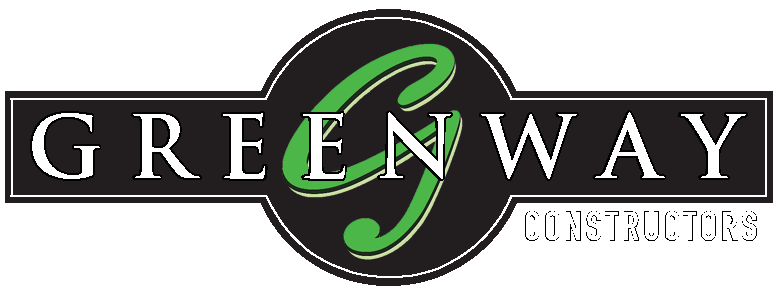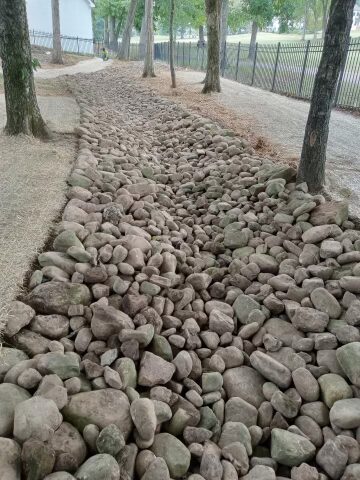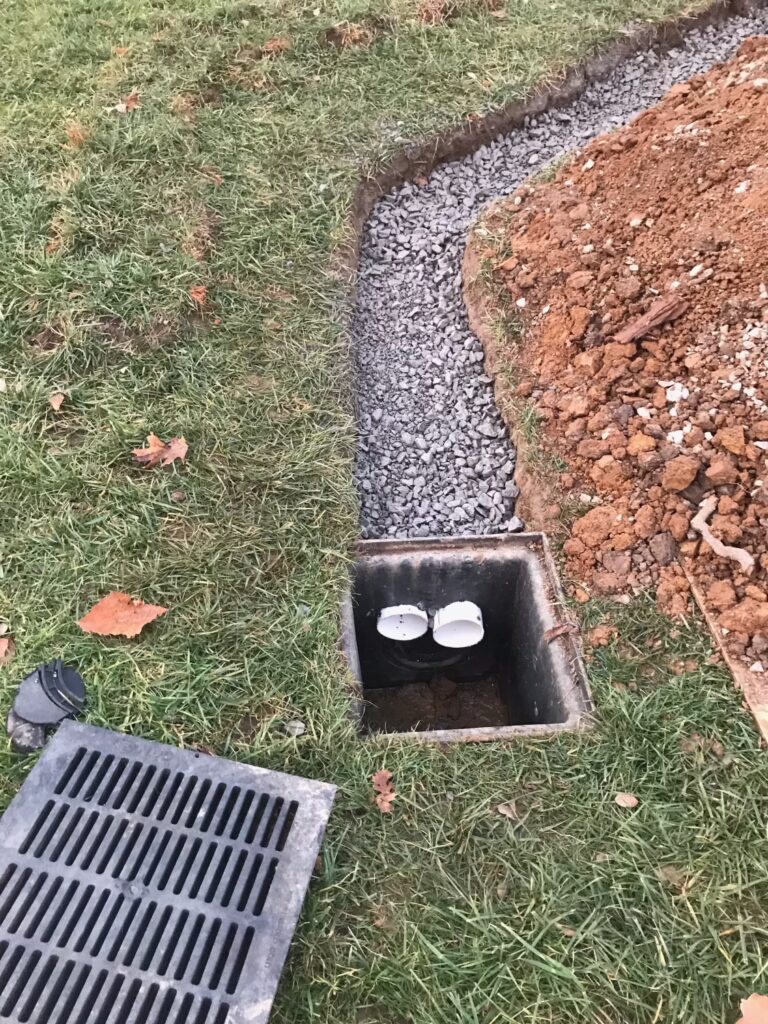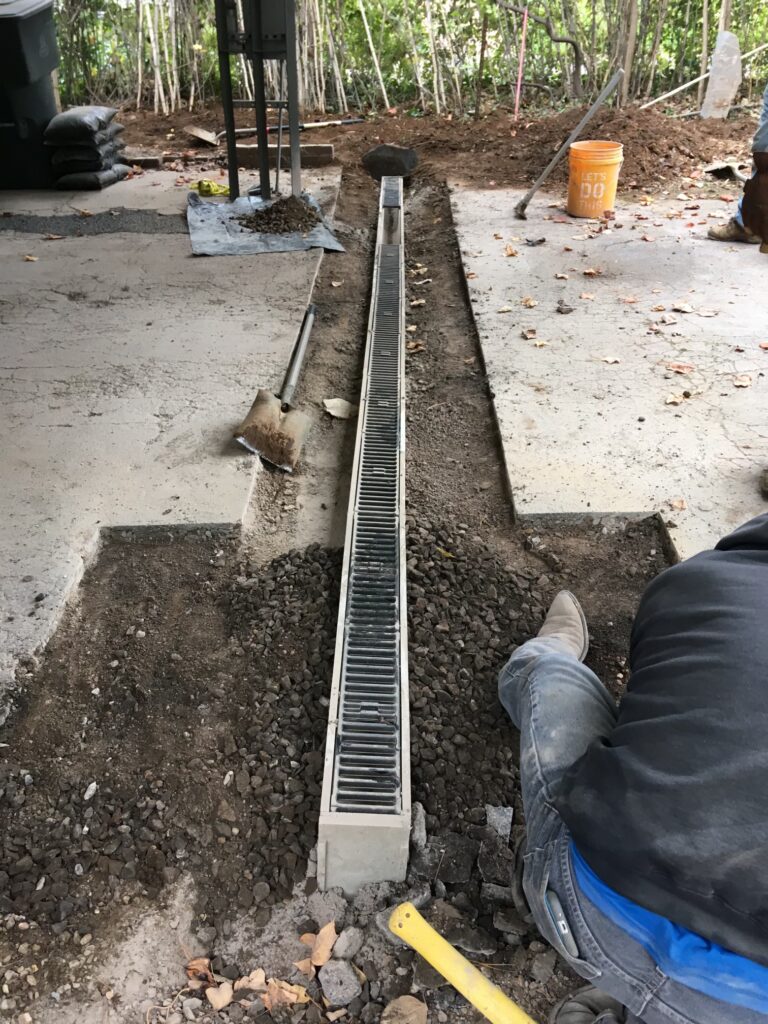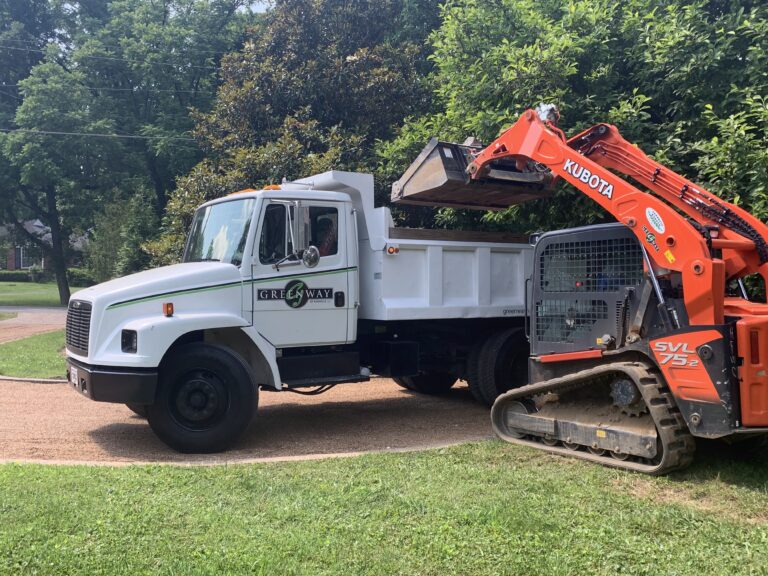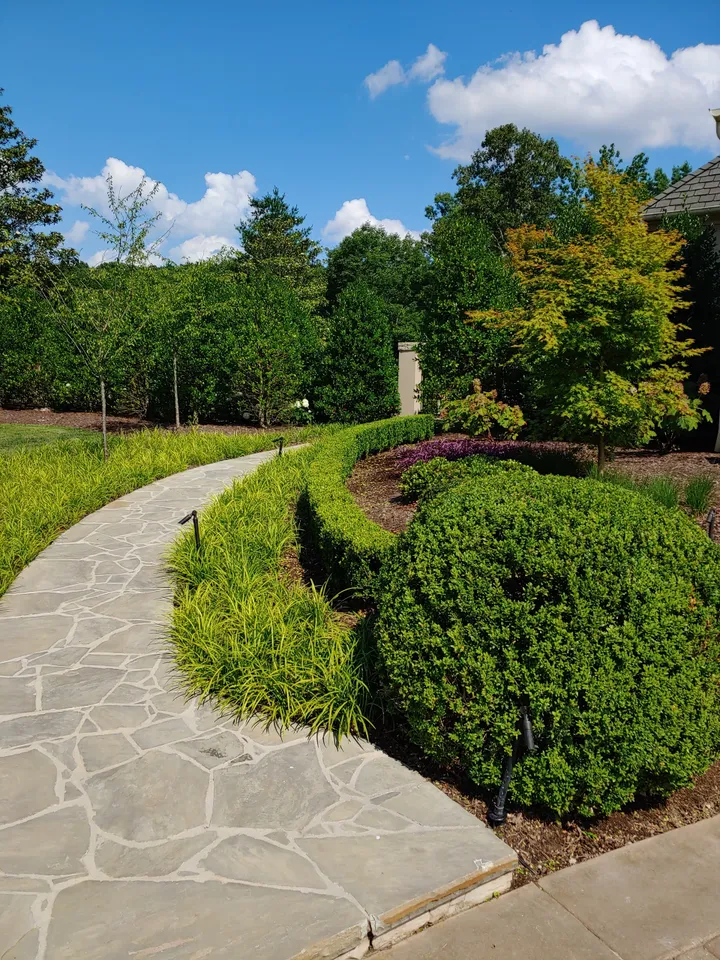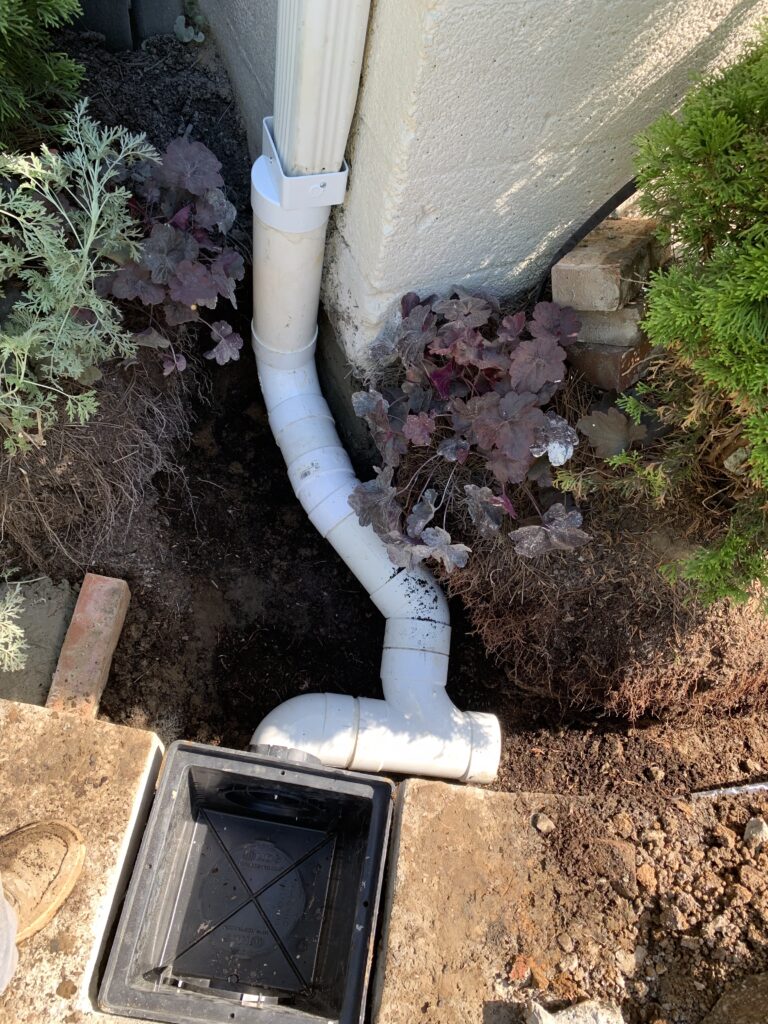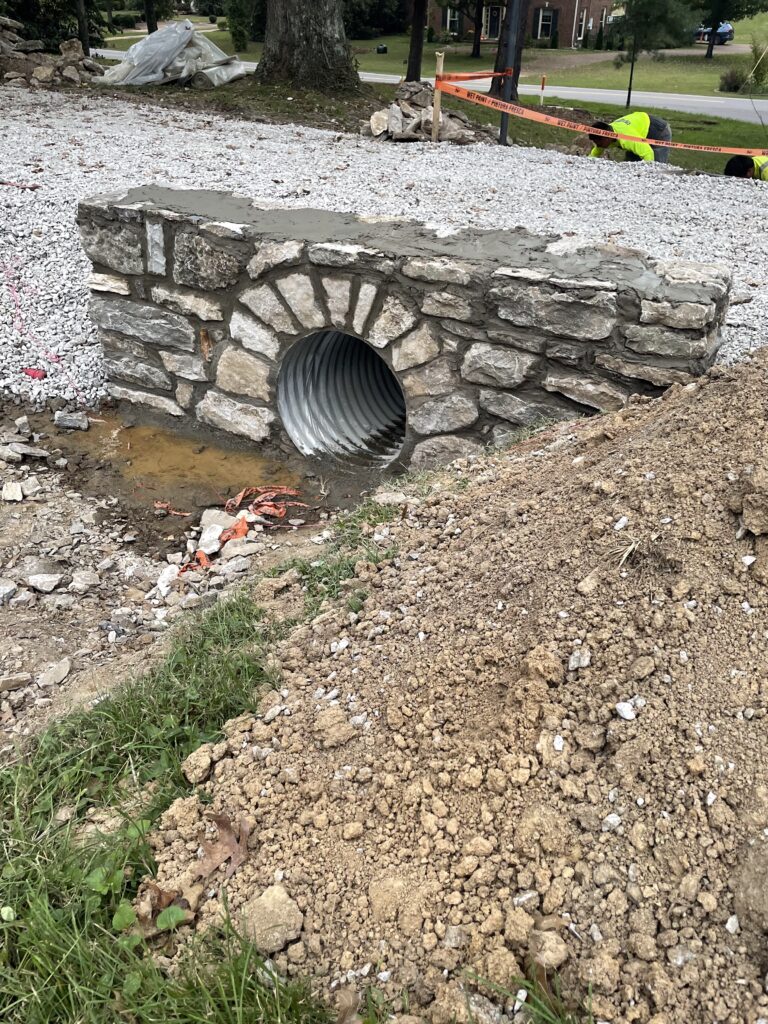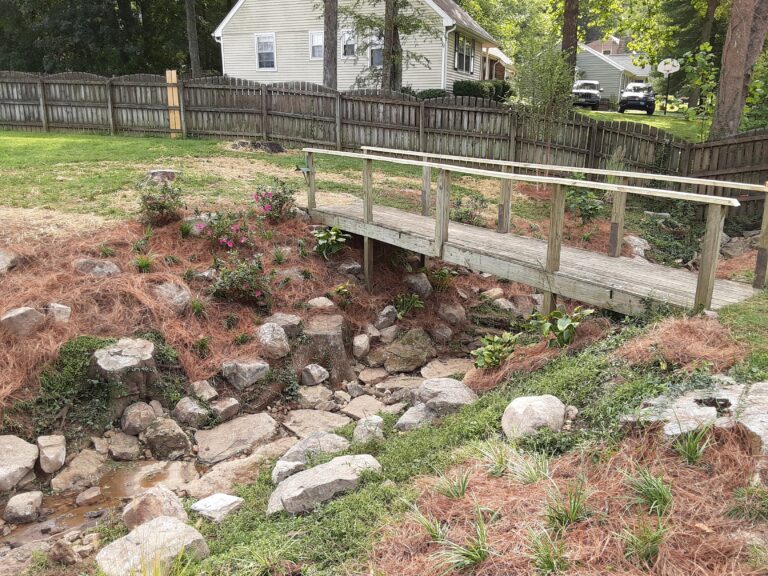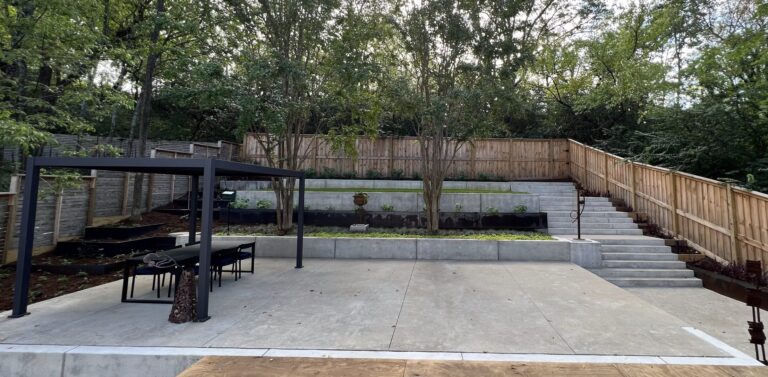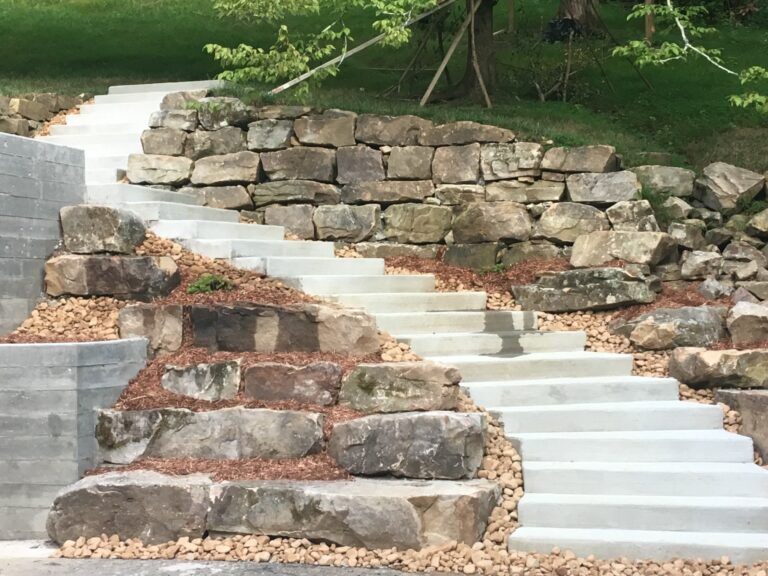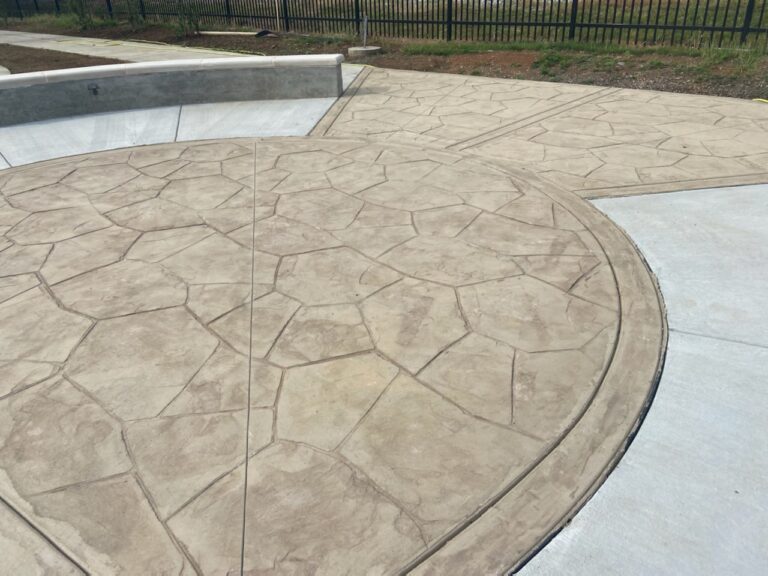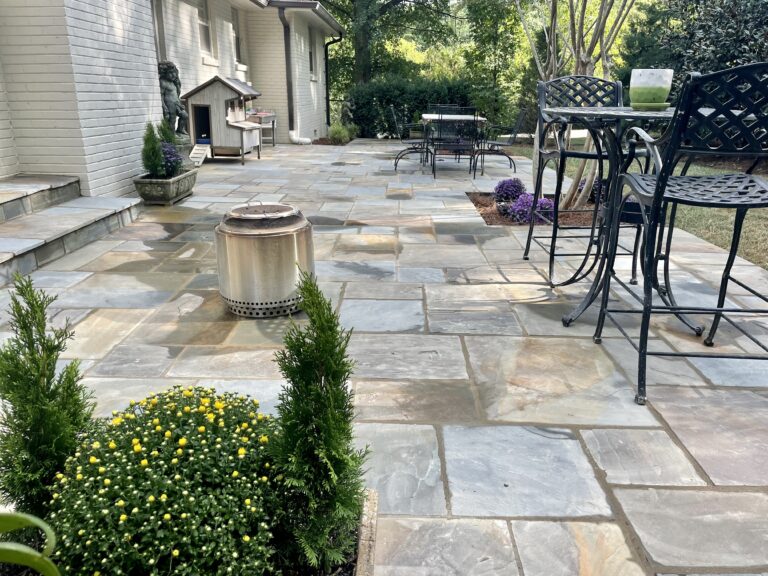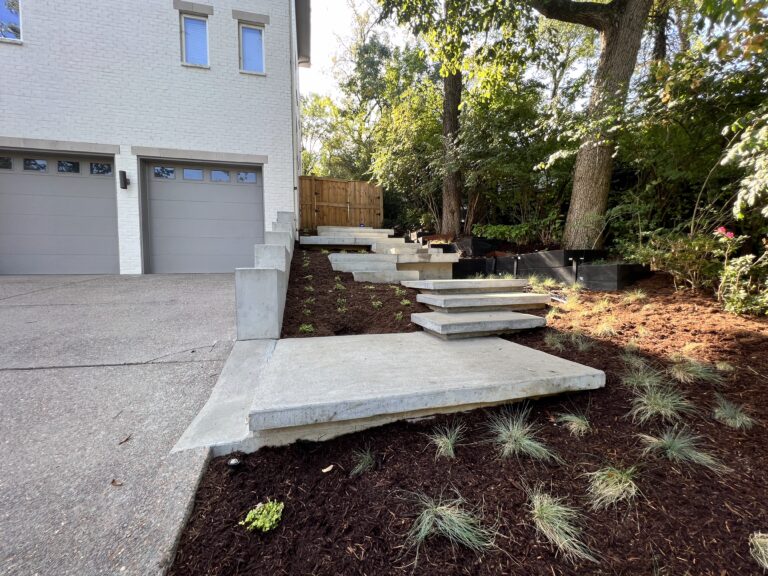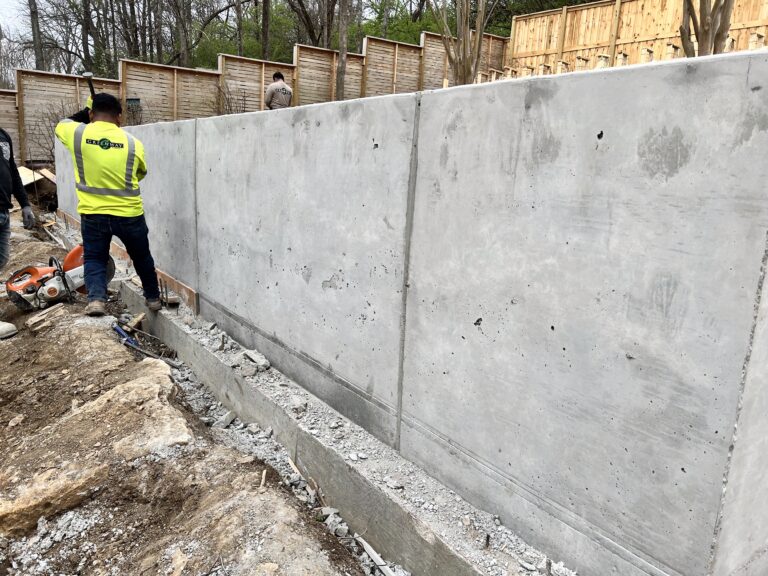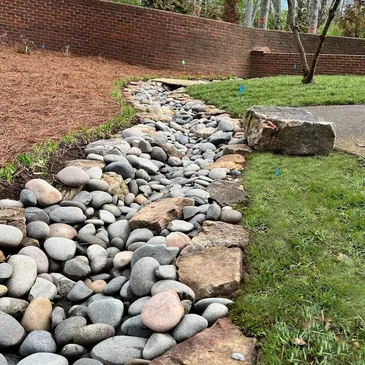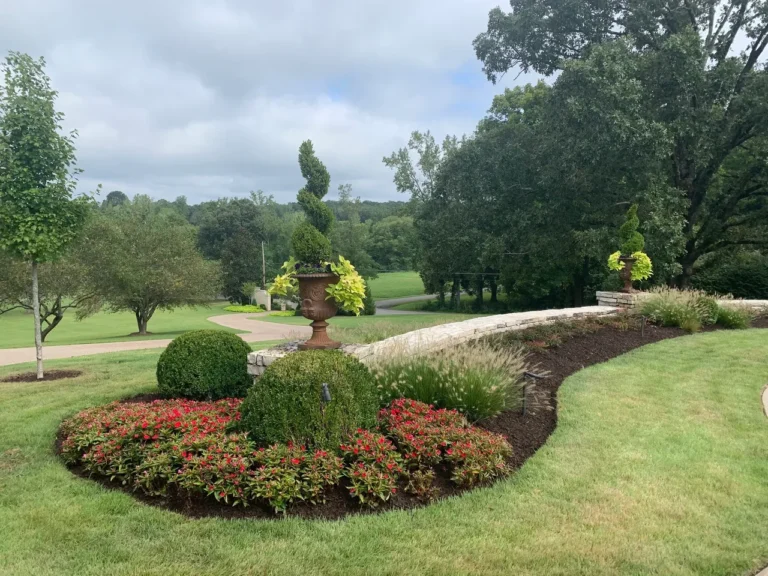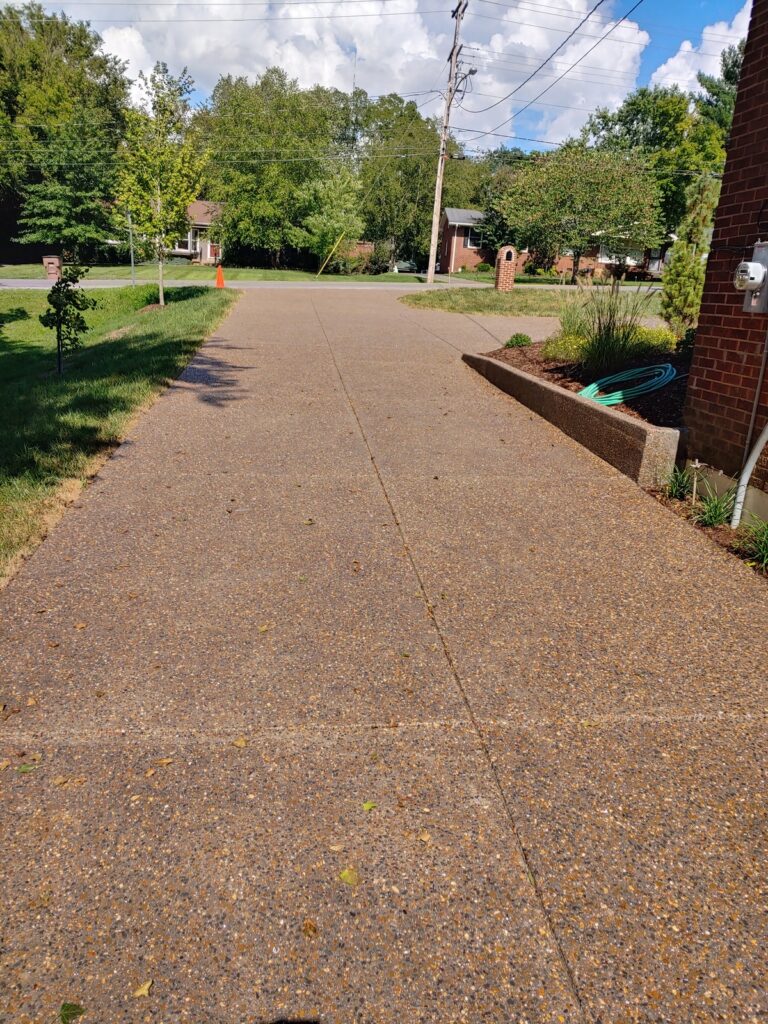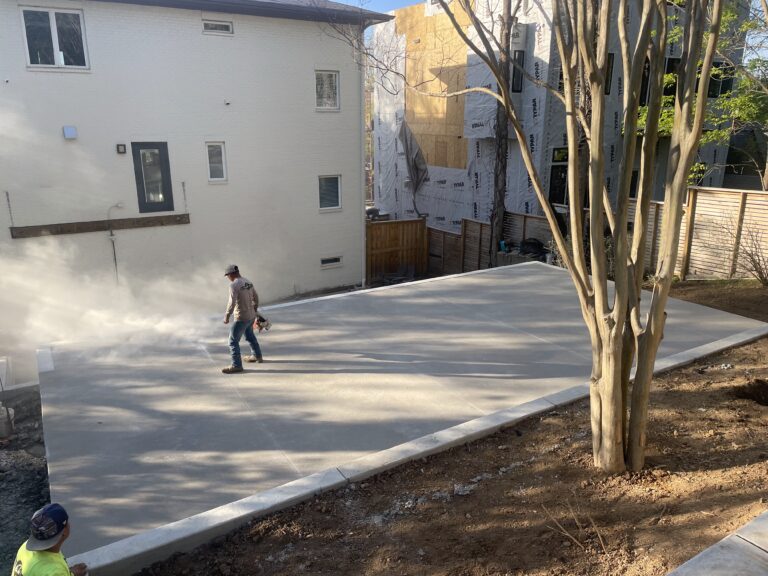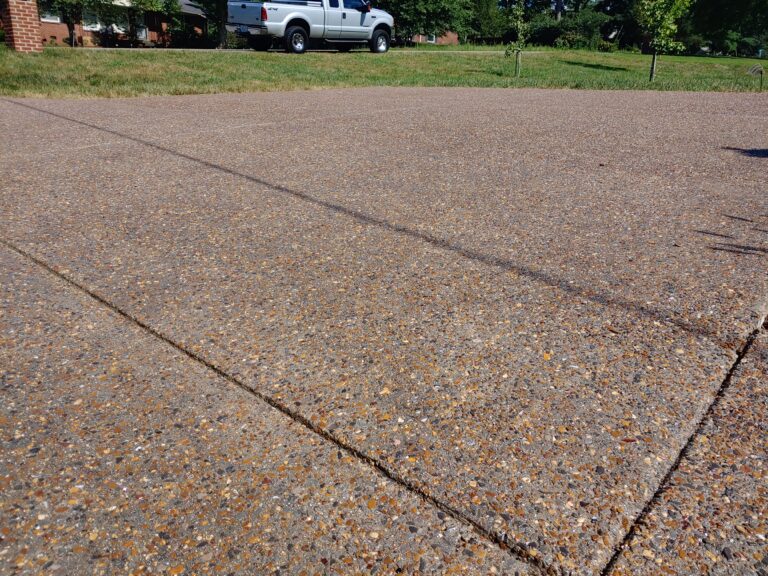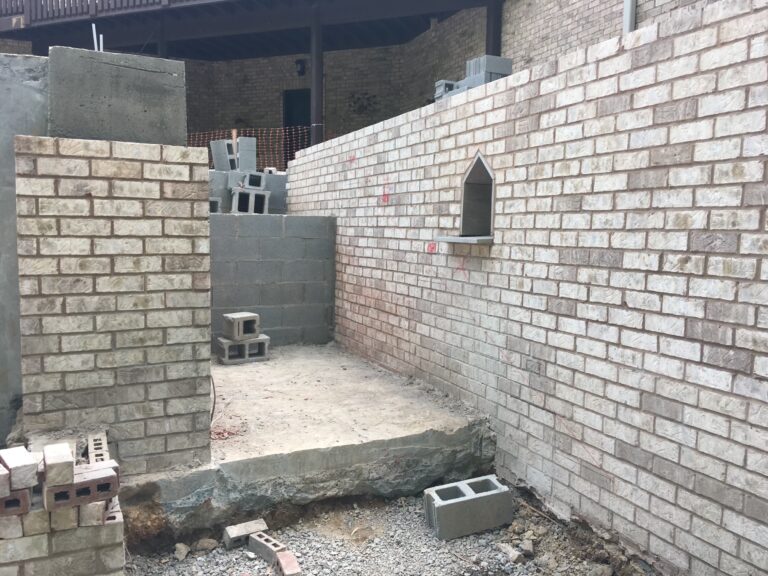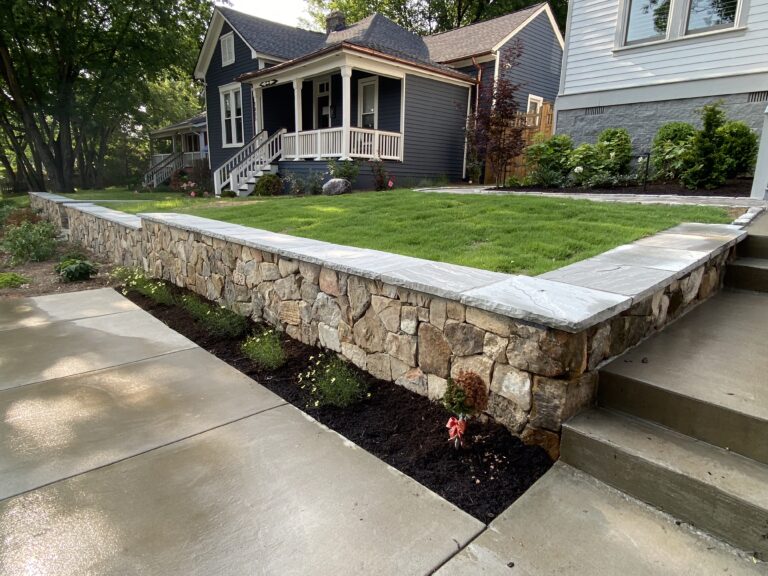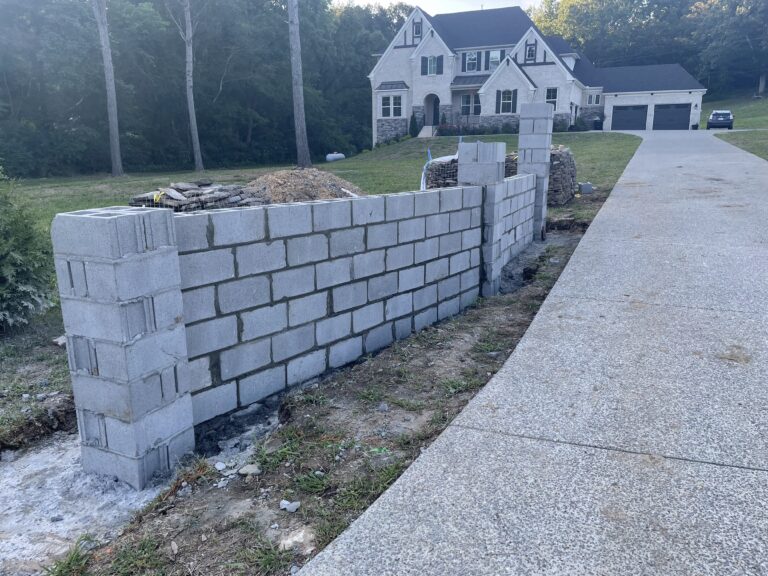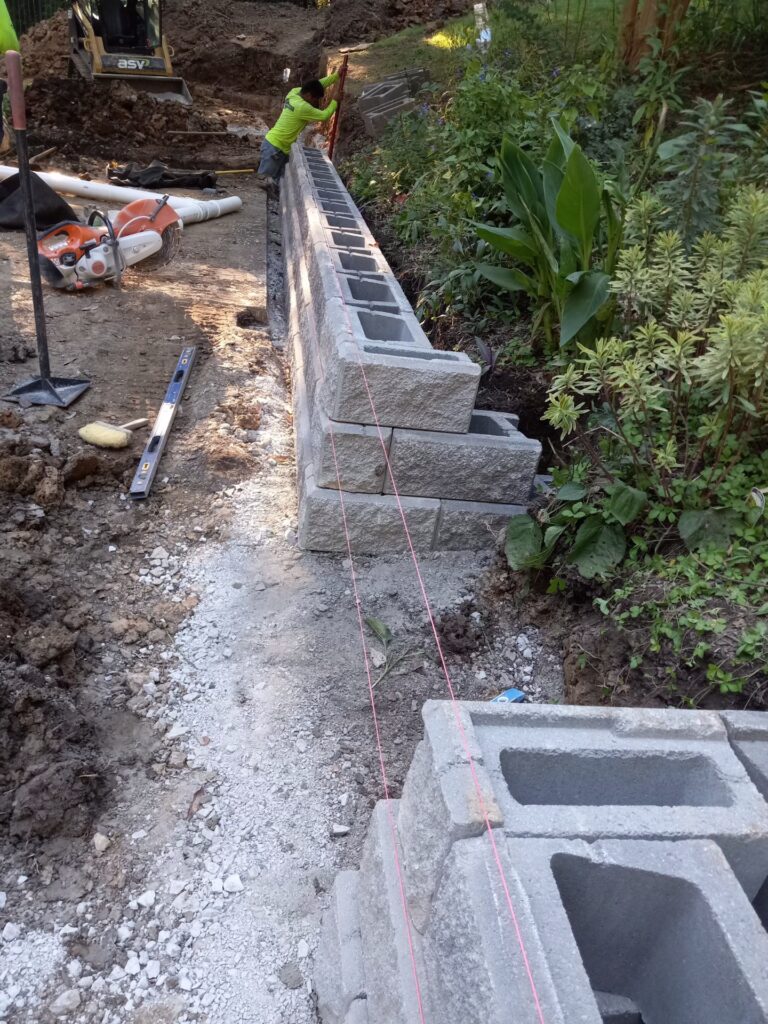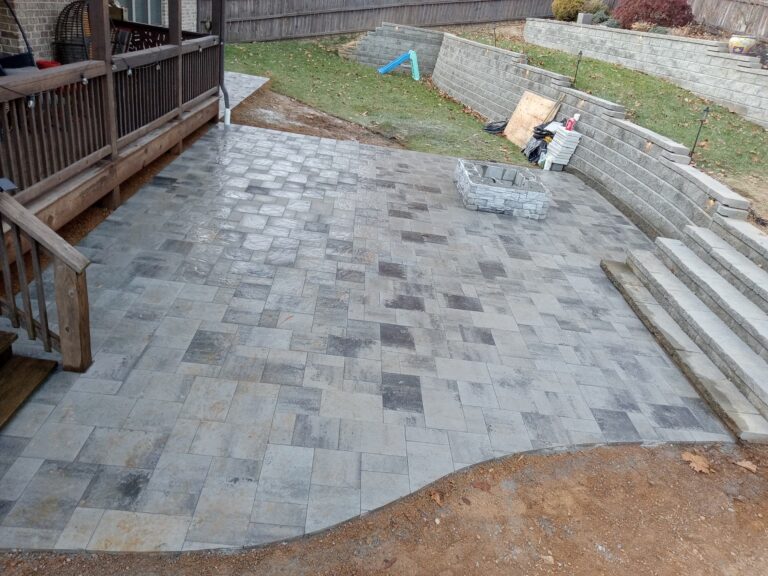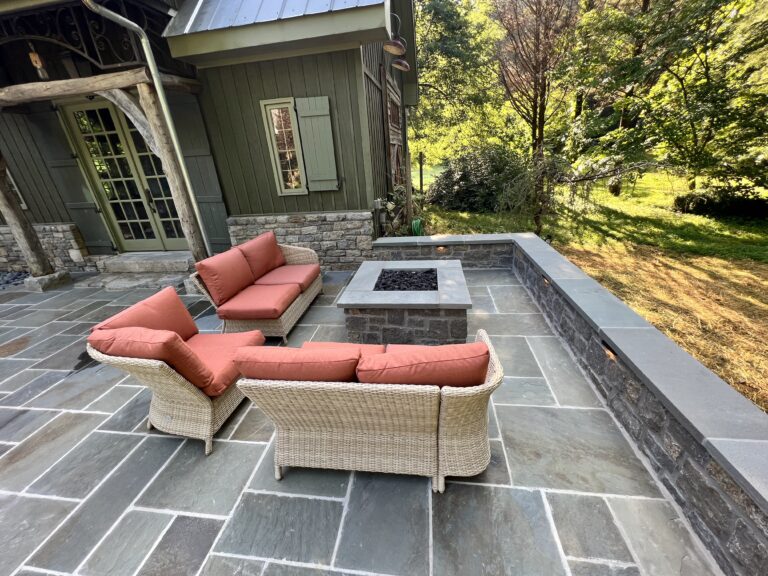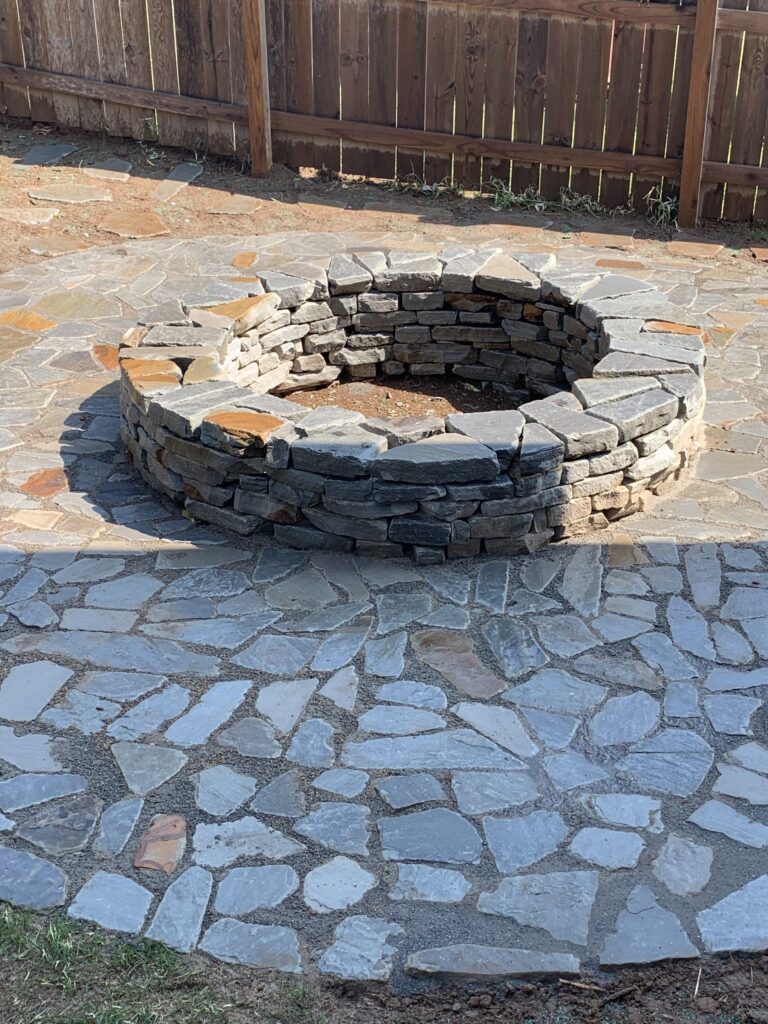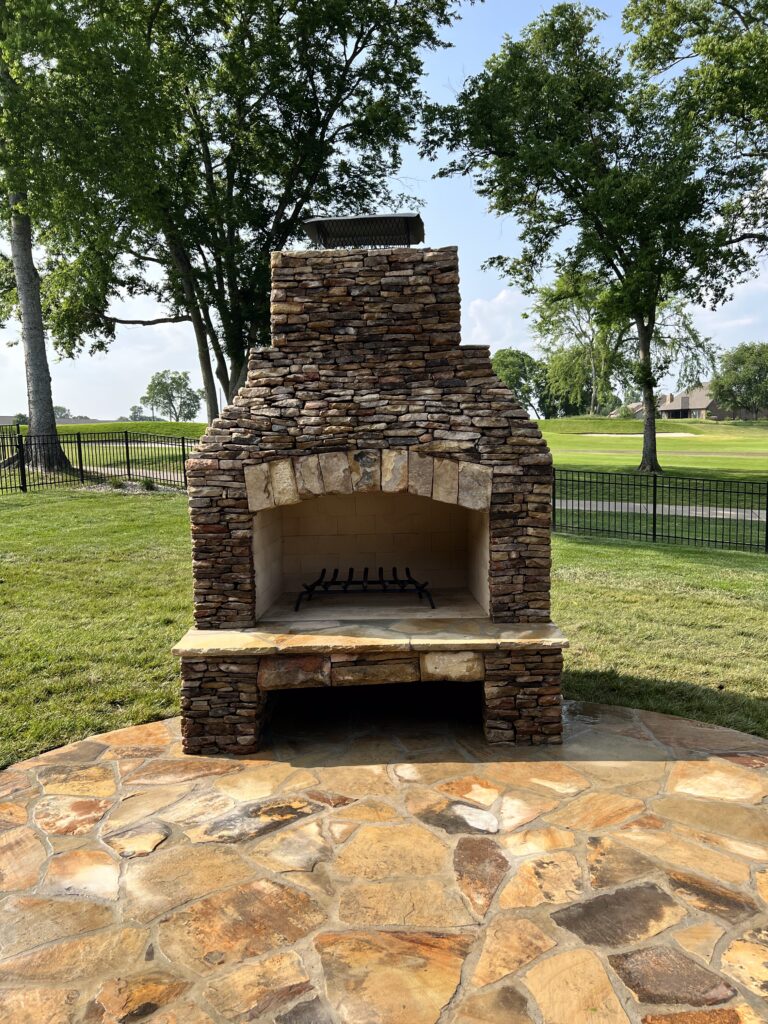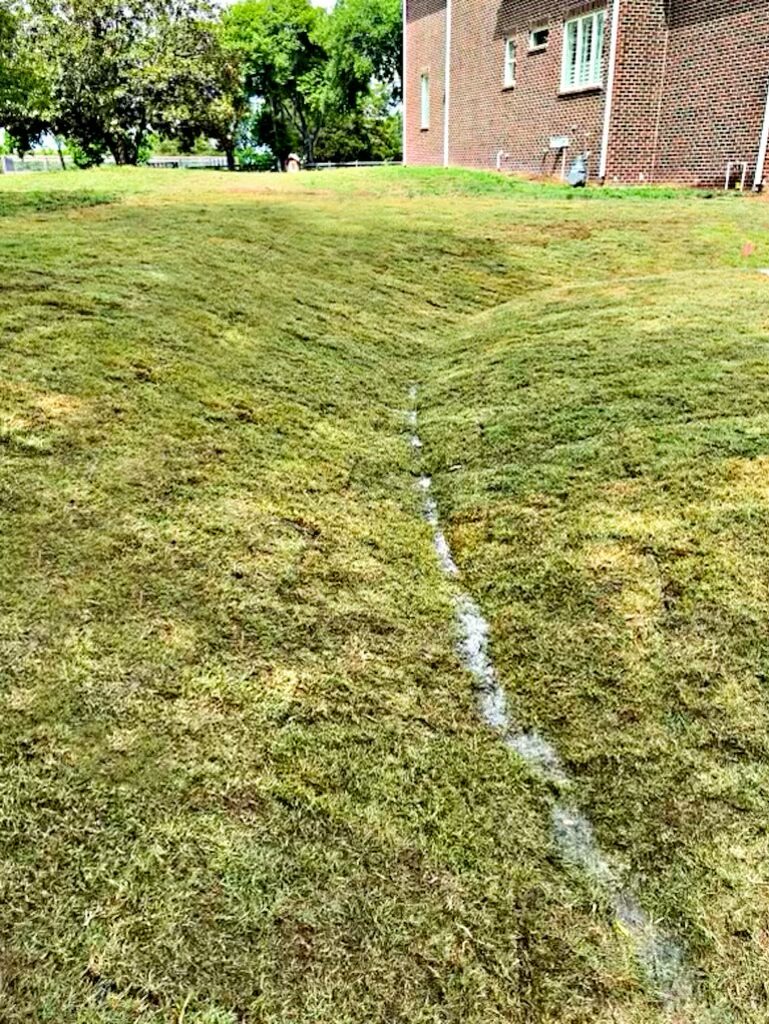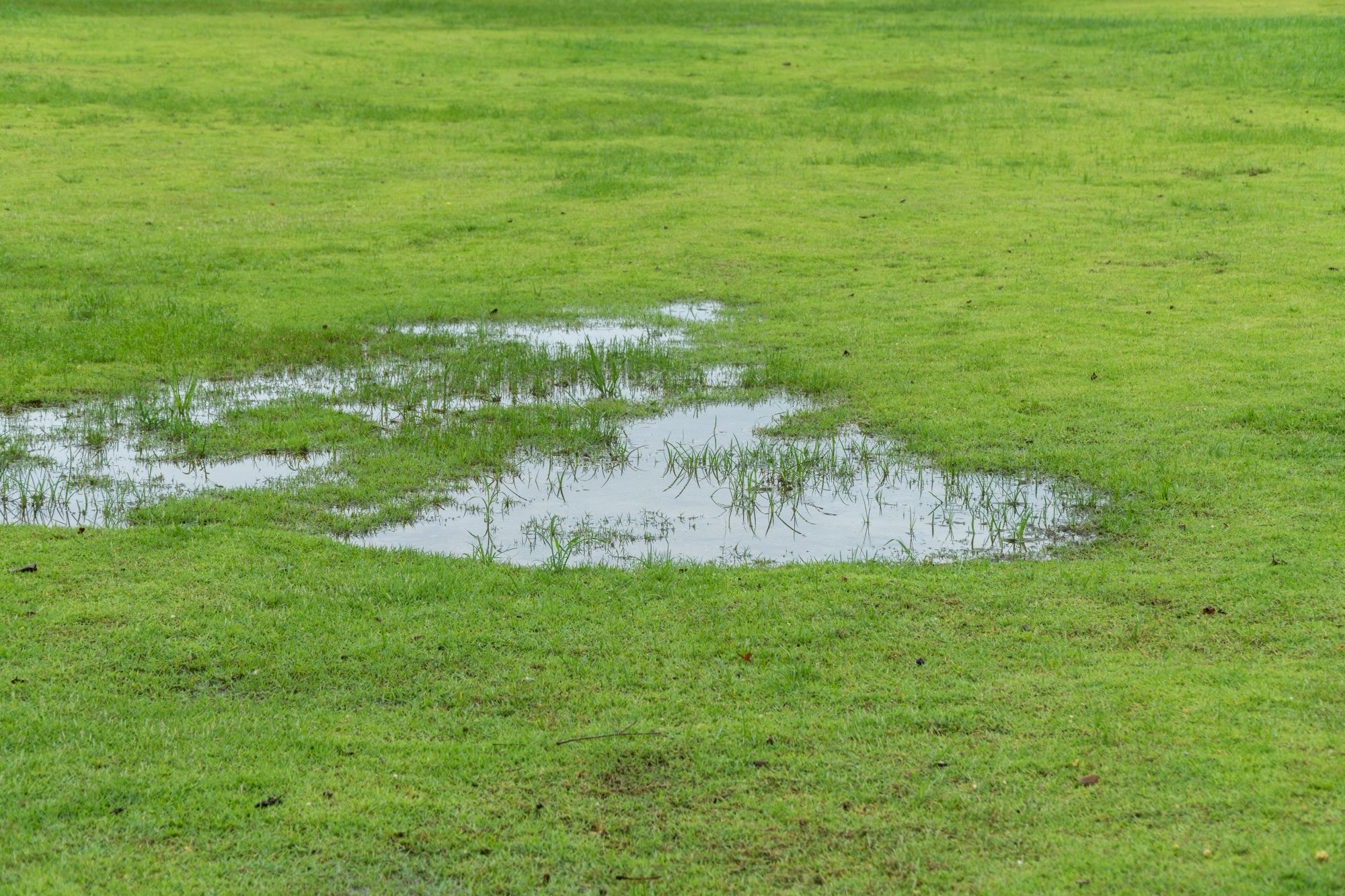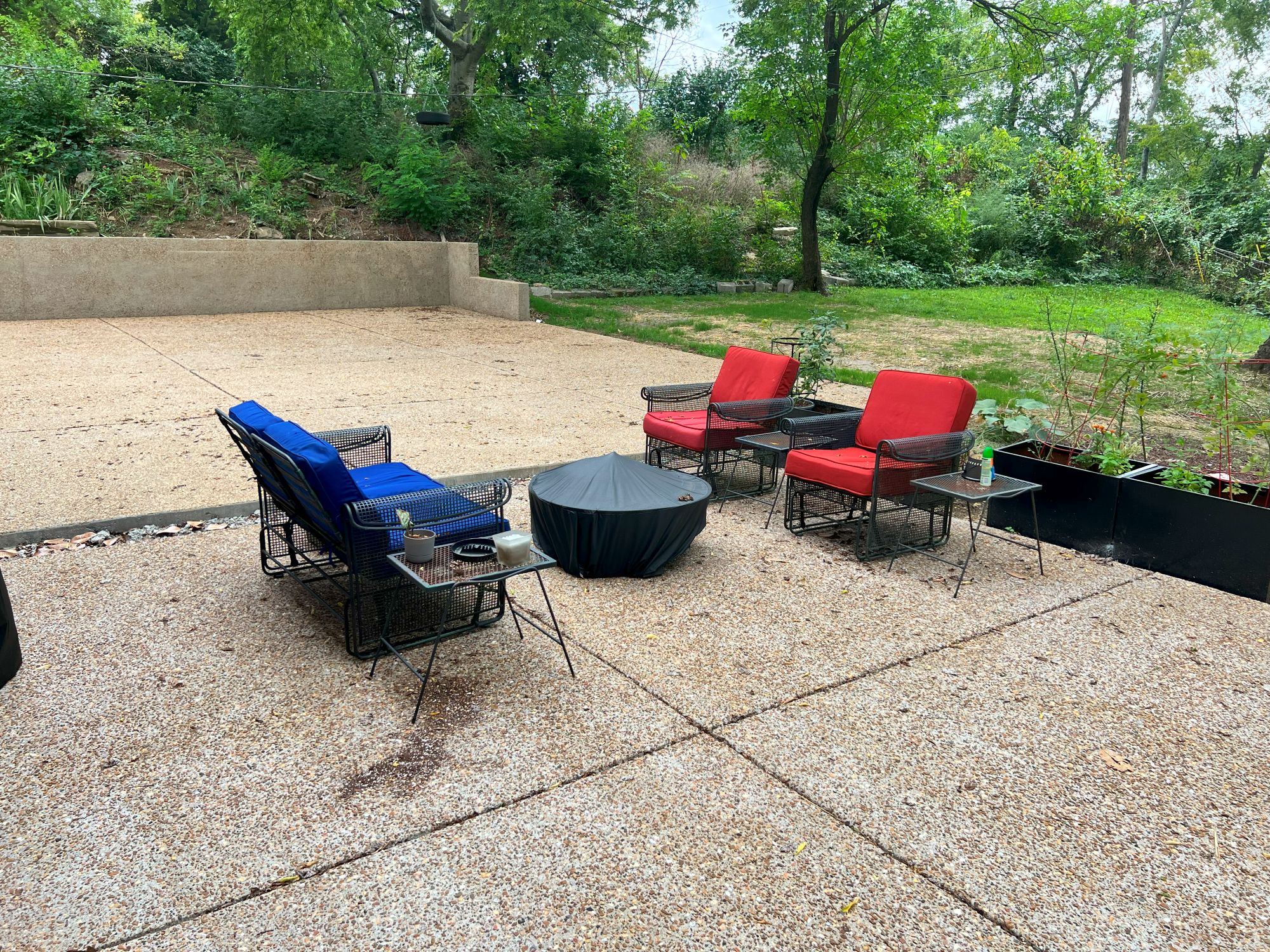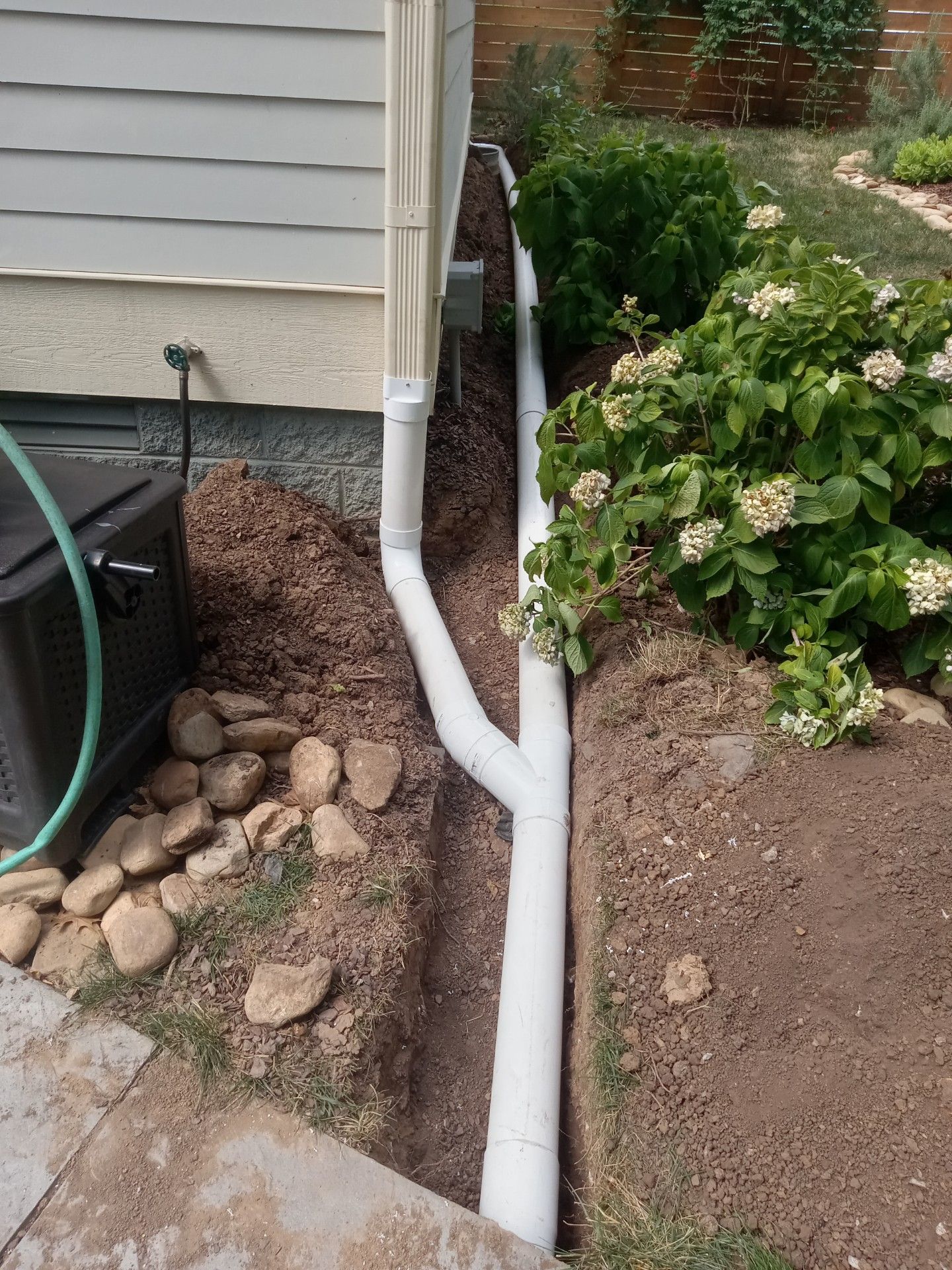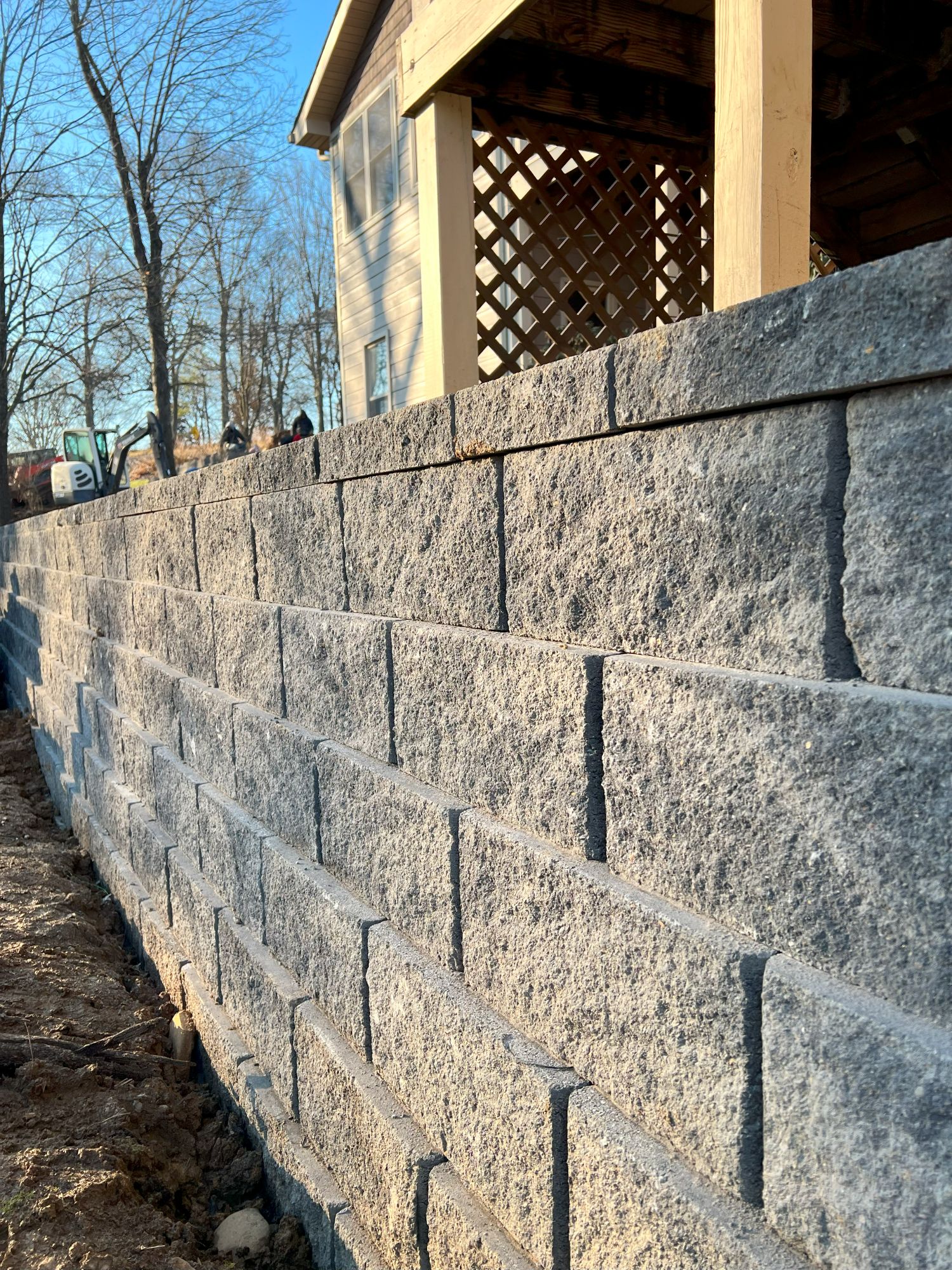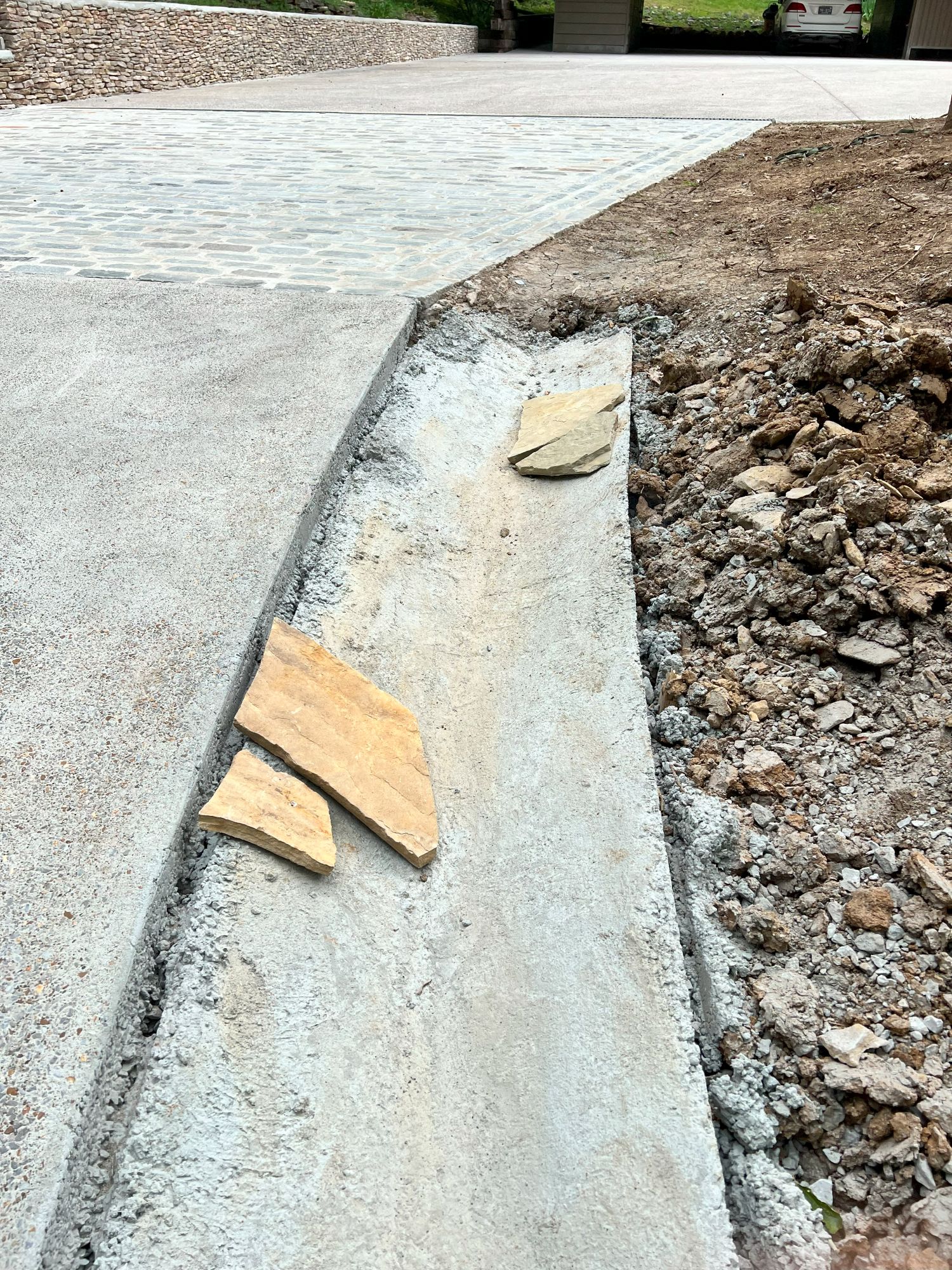Nashville’s Premier Drainage Company Explains When to Use a Swale
The rolling hills of Nashville are undeniably beautiful, giving residents and visitors some of the best views in the state. But as any drainage company will tell you, our hills can also present a major problem for property owners due to the opportunities for water damage and drainage issues. Because hilly property is often fraught with problems like erosion, flooding, and destructive water runoff, drainage-focused landscaping is a must.
One of the best ways to manage water runoff on your property is the installation of a drainage swale system.
What Is a Swale?
A drainage swale system, which we describe more in-depth in our article “What is a swale?,” is a wide, shallow ditch that is used to divert water. Unlike many other drainage systems, swales slow water down and allow it to percolate into the ground, while directing the flow elsewhere. This helps prevent flooding caused by water being directed too quickly to its drop-off point.
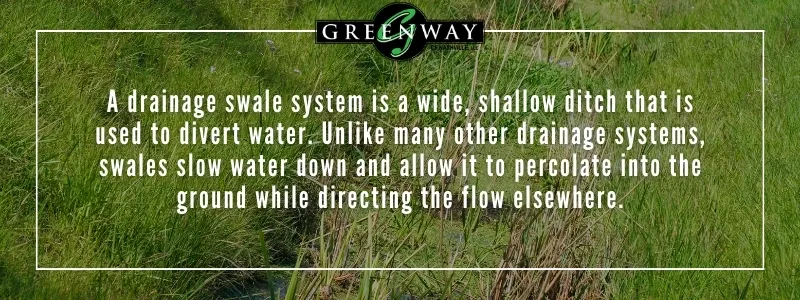
In areas where deeper swales are necessary, they can be covered with vegetation or filled with stones to imitate a dry river bed, allowing them to blend in with the landscape. While most swales can be covered with sod or an erosion mat in backyard areas, their subtle appearance means that they’re practical without ruining the aesthetic integrity of your property. They’re also incredibly low-maintenance compared to other solutions, making them ideal for busy property owners with little time to devote to lawn care.
While a homeowner with landscaping or drainage experience could certainly turn a swale installation into a DIY project, you might want to call a local Nashville drainage company if you don’t have much experience or need the swale to cover a large area.
How Is a Swale Different Than a French Drain?
If you’re new to the world of landscaping drainage, you may have heard the term “French drain” used in many of the same conversations as swales. So, what is a French drain, you ask?
French drain installation consists of digging deep, narrow trenches. The drainage company will lay geotextile fabric, fill the trenches with gravel and lay perforated PVC pipe on top. Water collects in the gravel cavity and into the pipe once filled, which carries it to a place where the runoff won’t cause any damage. French drains are used to carry away underground water or are used in areas where additional drainage diversion is needed, so they can be useful for diverting water away from foundations or out from behind retaining walls to prevent them from becoming waterlogged.
When to Use a Swale
Drainage solutions such as swales protect your property from flooding, and can be installed to become attractive focal points in your yard. These deceptively simple-looking ditches are well worth looking into if you’re dealing with drainage issues on your property; whether you decide to brave the project yourself or hire a professional, make sure a swale is the right solution before investing.
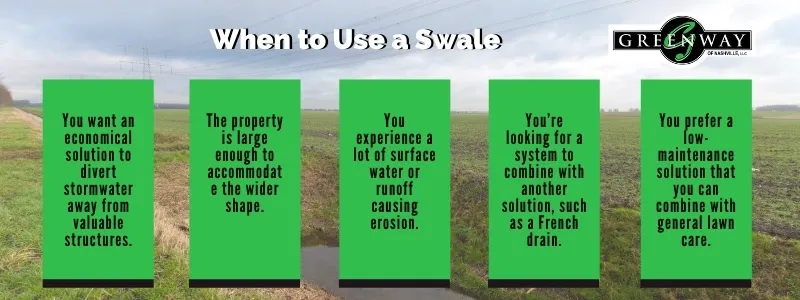
A swale might be the drainage system for you if:
- You experience a lot of surface water or runoff causing erosion.
- You want an economical solution to divert stormwater away from valuable structures.
- The property is large enough to accommodate the wider shape.
- You prefer a low-maintenance solution that you can combine with general lawn care.
- You’re looking for a system to combine with another solution, such as a French drain.
“Work with skilled Nashville hardscaping and outdoor construction professionals who understand your vision and respect your schedule. Contact us for a free quote!”
When Not to Use a Swale
As useful as swales can be, there are times when they might not be the best drainage solution for your needs. An experienced drainage contractor will be able to tell you for sure whether a swale will work on your property, but the following are red flags that may indicate a different system might better suit your needs.
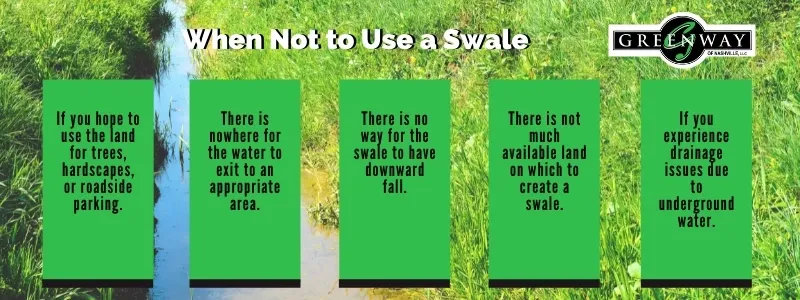
You might not want to use a swale if:
- There is not much available land on which to create a swale.
- If you hope to use the land for trees, hardscapes, or roadside parking.
- If you experience drainage issues due to underground water.
- There is no way for the swale to have downward fall.
- There is nowhere for the water to exit to an appropriate area.
Get Help From a Local Nashville Drainage Company
Nashville’s lawns see almost 50 inches of precipitation every year, so there’s no time to waste when it comes to deciding on the best drainage solution for your landscape, whether you ultimately choose to go with a swale or a different option altogether.
Our experienced contractors are well-equipped to inspect your property, listen to your needs, and recommend a solution that will work for your situation. Contact our local Nashville-based drainage company today for a free quote on your next landscaping drainage project.
